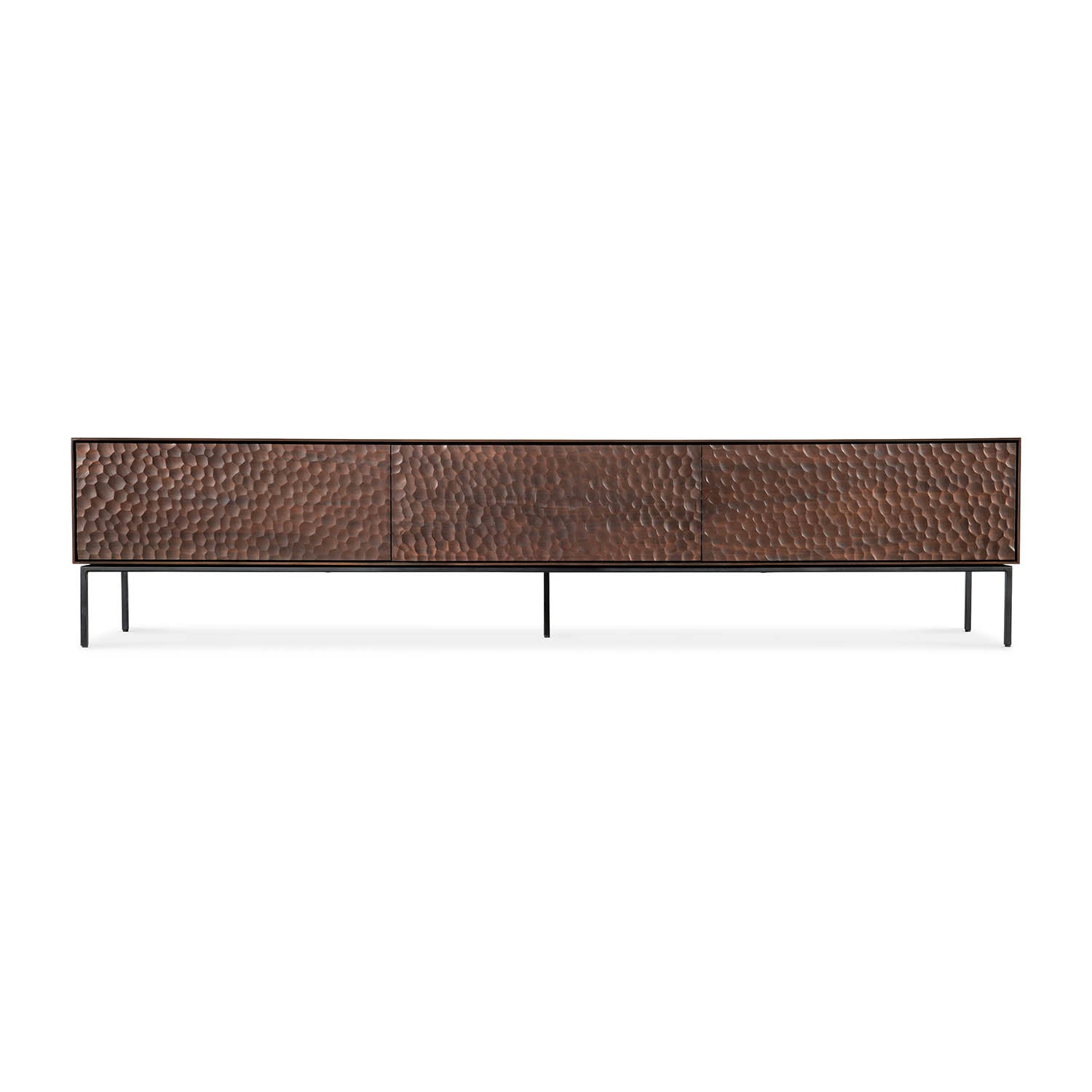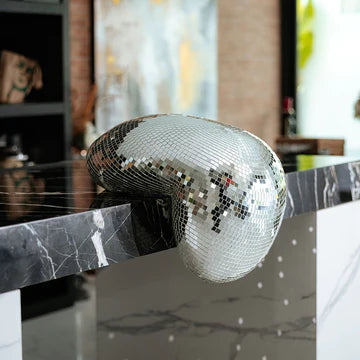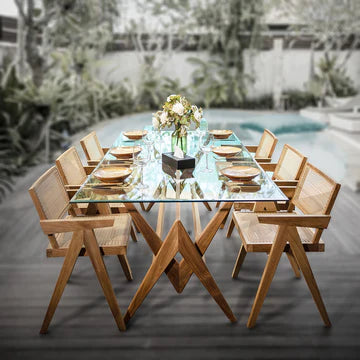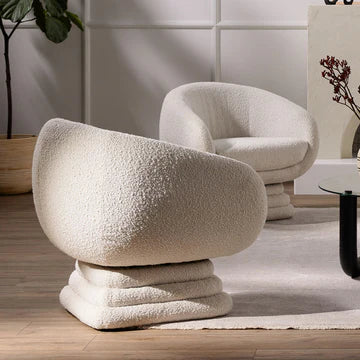So you’ve become slightly obsessed with house plants. Who hasn’t? There are tons of benefits to adding plants to your home, so why not fill your space with them? The problem - you’re running out of flat horizontal surfaces to put them on. The solution? A living wall! A living wall or vertical garden is made up of either frames or individual planters mounted on the wall and that allow vining plants to grow up the wall and draping plants to hang down. What started as mainly a DIY project has caught on, and now as companies product planters and frames specifically to be mounted on walls, it’s easier than ever to create a living wall. Here are some tips for creating a dynamic living wall.
Location, Location, Location
The first step and most important part of putting together a living wall is to choose the most appropriate location. The wall you choose should get at least some natural lighting. If the wall is perpendicular to the light source the plants will likely grow in the direction of the window, which may create gaps. This isn’t a huge problem, but it is something to keep in mind when selecting the wall to use. Living walls placed straight across from light sources will grow more evenly. Don’t place living walls on the same wall as the light source since the light won’t actually reach them if they’re around the window and not in front of it.

Plan A Layout
Once you’ve selected your wall it’s time to plan the layout of the planters. Before you start drilling into your wall, decide on a configuration. Do you want a grid? Just a single line? Something symmetrical, something asymmetrical? Make sure to leave room for the plants to grow while planning. It may look like a lot of space between planters at first, but once the plants grow in it will look nice and full. After figuring out where the planters are going to go, it’s time plan which plants are going to go where. This will help you figure out color and texture groupings and to visualize how they will all look together.

Appropriate Plants
If you want your living wall to thrive it’s important to choose appropriate plants. Once you know the type of light that wall will be getting, make sure to choose plants that fit into that category. A living wall favorite is pothos, which grows quickly and is fairly low maintenance. They do well in almost all light situations as well. Other common plants to include on living walls are philodendrons, maidenhair ferns, tradescantia
, and various peperomia varieties (cupid, beetle, teardrop). Plants that will vine or drape will help fill the living wall best, but any plant that suits the lighting situation could be used.

Proper Lighting
As mentioned previously, ideally the living wall will get at least some natural light throughout the day. But if you wall isn’t getting enough natural light you can easily supplement this by getting a grow light. You can either install lighting over the living wall or position existing lighting to shine on it. Full spectrum grow lights that fit into regular light sockets are readily available at home improvement stores and online. They even have LED versions now so you don’t have to worry about your electric bill going through the roof.

Maintenance
If you’re a low maintenance kind of person, a living wall might not be for you, since they do require regular upkeep. Like all plants they need regular watering. Since they’re going on a wall and potentially over furniture, many planters made specifically for living walls have reservoirs to help prevent dripping. Make sure you’re familiar with the type of watering that works best for your planters (watering from the bottom or the top) and monitor your plants closely at the beginning to get an idea of how often they’ll need to be watered. Depending on the type of plants you choose, you may also have to do some pruning occasionally to keep things looking nice.

There are many benefits to installing a living wall. For those with small floor plans it’s an excellent way to bring in a touch of nature without taking up floor space. Living walls can benefit everyone though. The plants will act as natural air filters, and help purify the air in your space. Living walls can also insulate against noise and vibrations. They also provide an excellent opportunity to grow your own vegetables and herbs all year. What do you think of living walls? Are you dying to install one in your home, or do you think it’s too much? Let us know in the comments!












Leave a comment